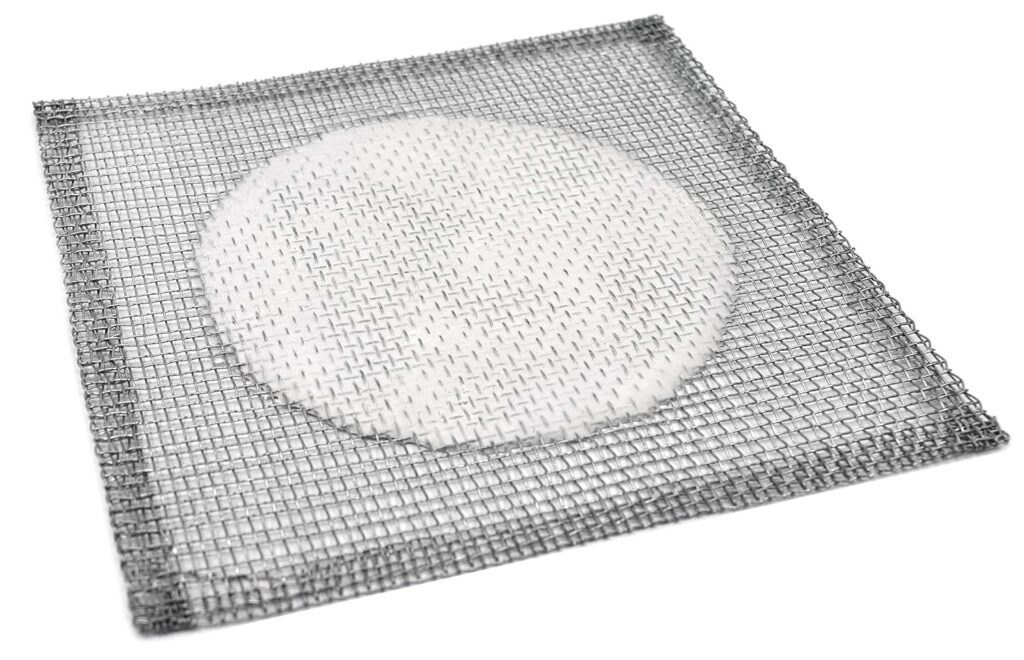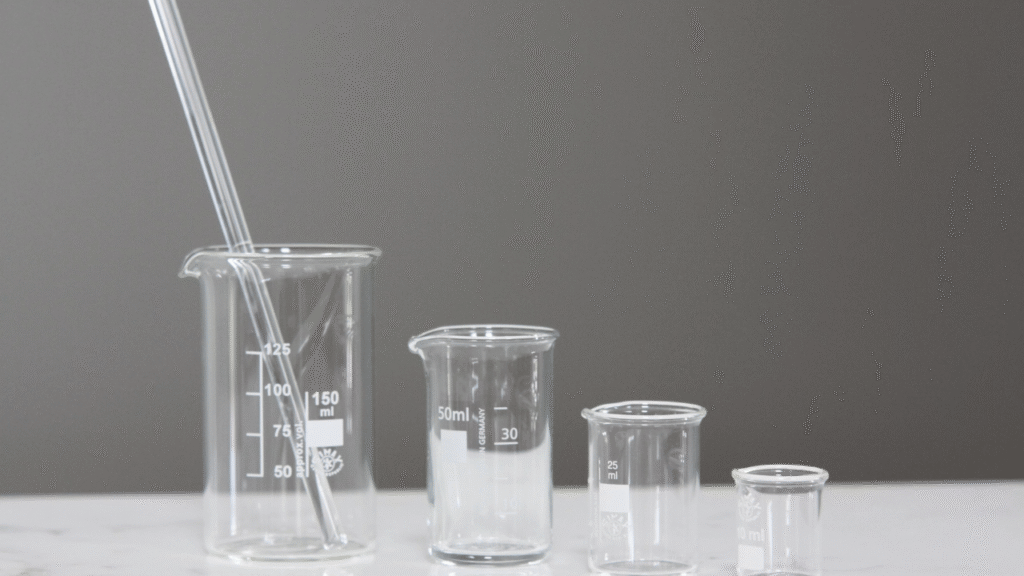In laboratory work, precision and safety rely not only on advanced instruments but also on seemingly modest tools that perform vital roles. One such tool is the wire gauze, a simple yet indispensable component in many heating procedures.
Definition and Composition

Wire gauze is a flat sheet of interwoven metal wires, typically manufactured from galvanized iron or stainless steel. Many variants feature a central ceramic pad, designed to diffuse heat more evenly and protect glassware from thermal stress. Read to “Laboratory Tripod Stand“.
Key Specifications:
- Material: Galvanized iron, stainless steel, or steel mesh
- Shape & Size: Usually square (e.g., 125 mm × 125 mm or 150 mm × 150 mm)
- Special Feature: Ceramic-centered models for improved heat distribution
Primary Functions in the Laboratory
- Heat Distribution – Minimises the risk of glassware breakage by ensuring uniform heat transfer.
- Support Platform – Provides a stable surface for beakers, flasks, and evaporating dishes during heating.
- Flame Diffusion – Acts as a shield between direct flame and the vessel, improving safety and heating efficiency.
- Versatility – Compatible with various heating sources, particularly Bunsen burners.
Standard Usage Procedure
In a typical setup, wire gauze is placed on an iron ring attached to a retort stand. The heat source — most often a Bunsen burner — is positioned below. This arrangement allows for controlled heating of glassware or ceramic vessels without direct contact with the flame.
Practical Tip: When heating delicate glassware, a ceramic‑centered wire gauze is preferred for optimal thermal protection.
Safety and Maintenance Considerations
- Regular Inspection – Check for frayed wires or cracked ceramic pads before use.
- Heat Precaution – Use heat-resistant gloves to handle after prolonged heating.
- Avoid Overheating – Do not heat empty glassware, as thermal shock remains a risk despite gauze protection.
- Proper Storage – Keep in a dry, corrosion-free environment to extend service life.
Relevance in Educational and Professional Settings
Wire gauze is a standard fixture in both high school chemistry labs and professional research facilities. Its consistent performance in heat management and safety makes it an essential teaching aid for basic laboratory techniques.
Conclusion
Though often overlooked, the wire gauze serves as a crucial intermediary between heat and fragile laboratory vessels. By ensuring even heat distribution, improving stability, and enhancing user safety, it earns its place as an indispensable tool in laboratory practice.





